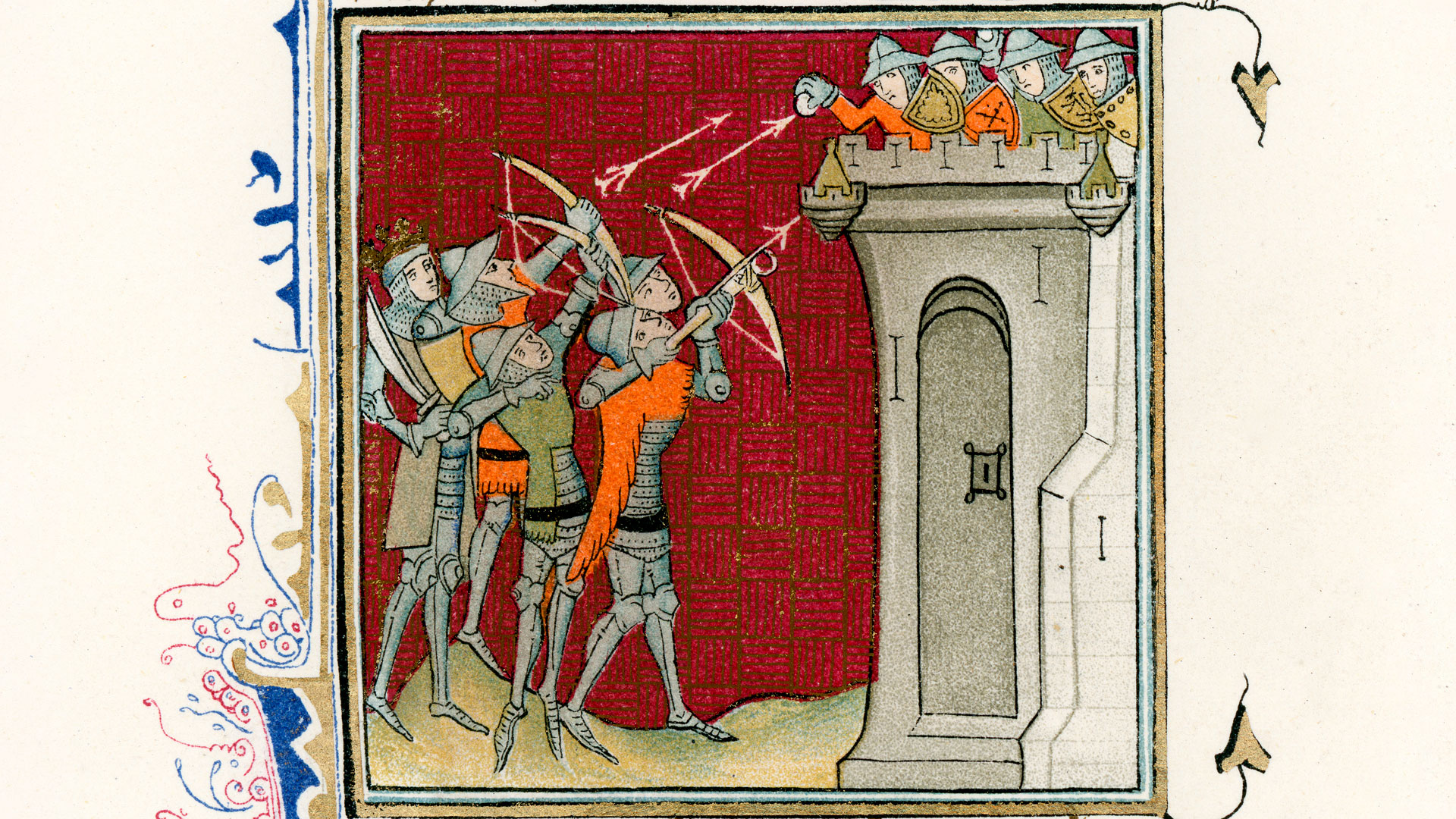Josephus and the Siege of Jerusalem, 70 CE
During the siege of Jerusalem in 70 CE, many Jews were crucified, as attested by first-century historian Flavius Josephus:
“When caught [by the Romans] they [the fugitives] were forced to offer resistance, and when the fighting ended it seemed too late to sue for mercy. Scourged and subjected before death to every torture, they were finally crucified in view of the wall [of Jerusalem]. Titus indeed realized the horror of what was happening, for every day 500—sometimes even more—fell into his hands. However it was not safe to let men captured by force go free, and to guard such a host of prisoners would tie up a great proportion of his troops. But his chief reason for not stopping the slaughter was the hope that the sight of it would perhaps induce the Jews to surrender in order to avoid the same fate. The soldiers themselves through rage and bitterness nailed up their victims in various attitudes [or postures] as a grim joke, till owing to the vast numbers there was no room for the crosses, and no crosses for the bodies” (Flavius Josephus, Jewish Wars 5.449–51, translated by G.A. Williamson).

